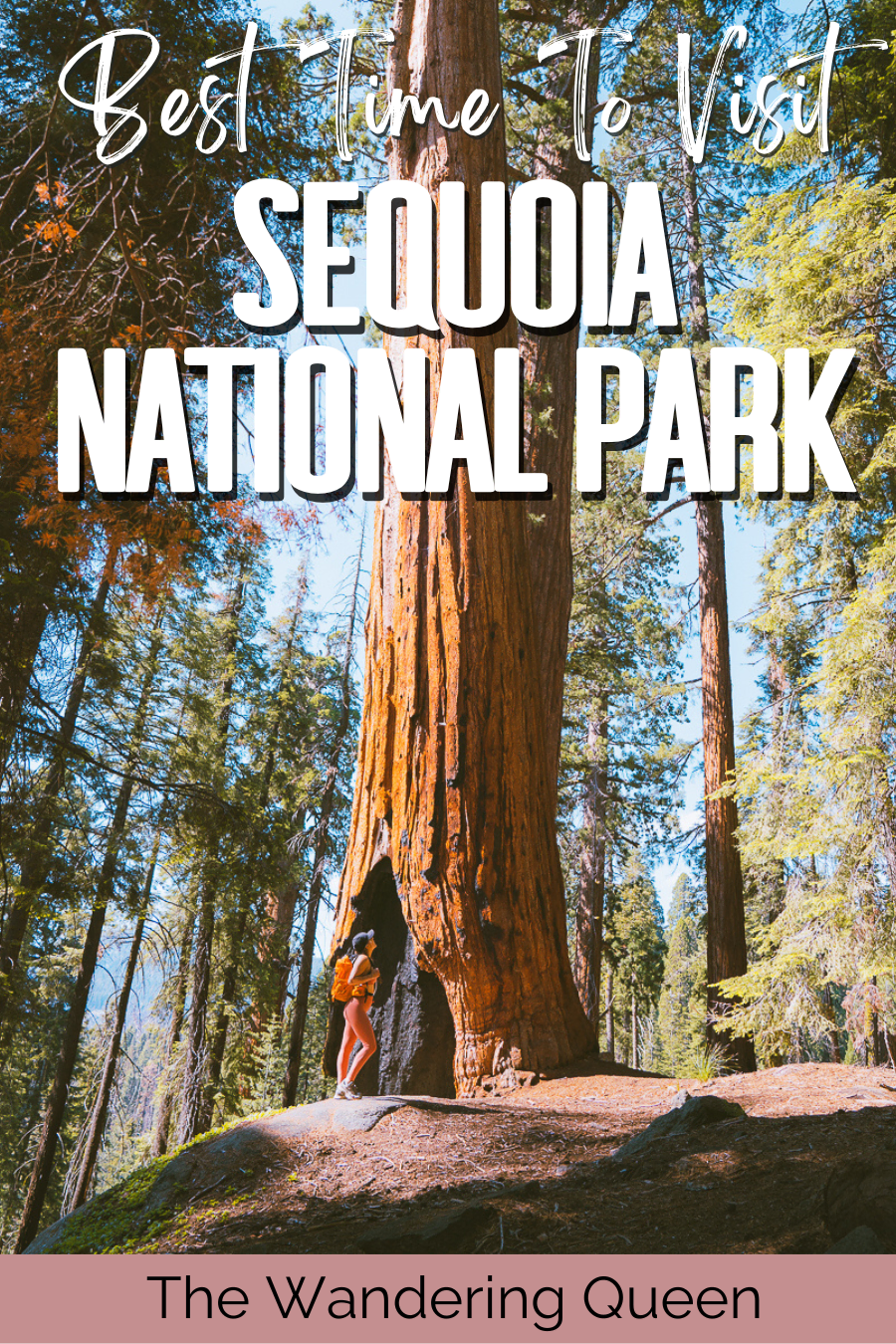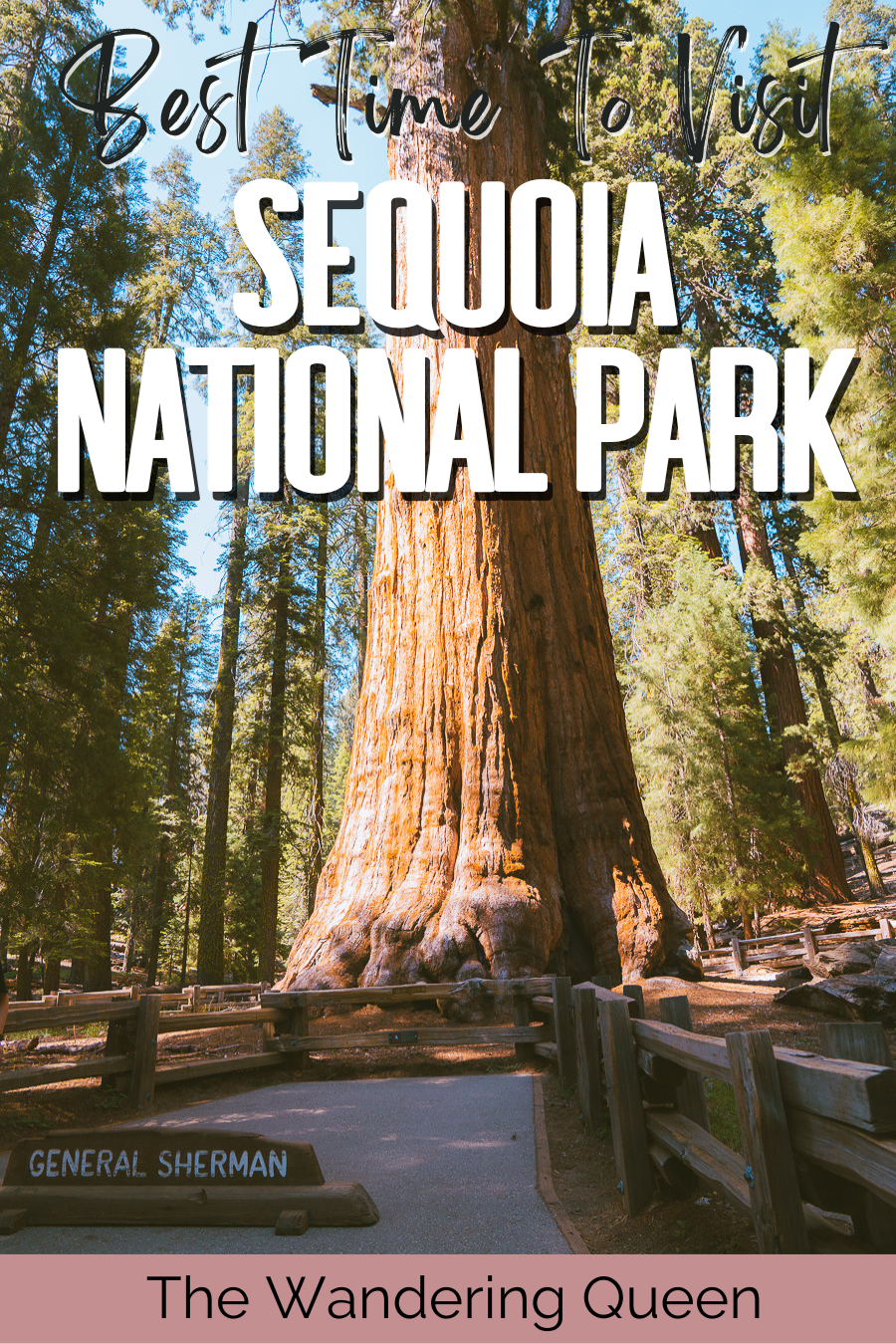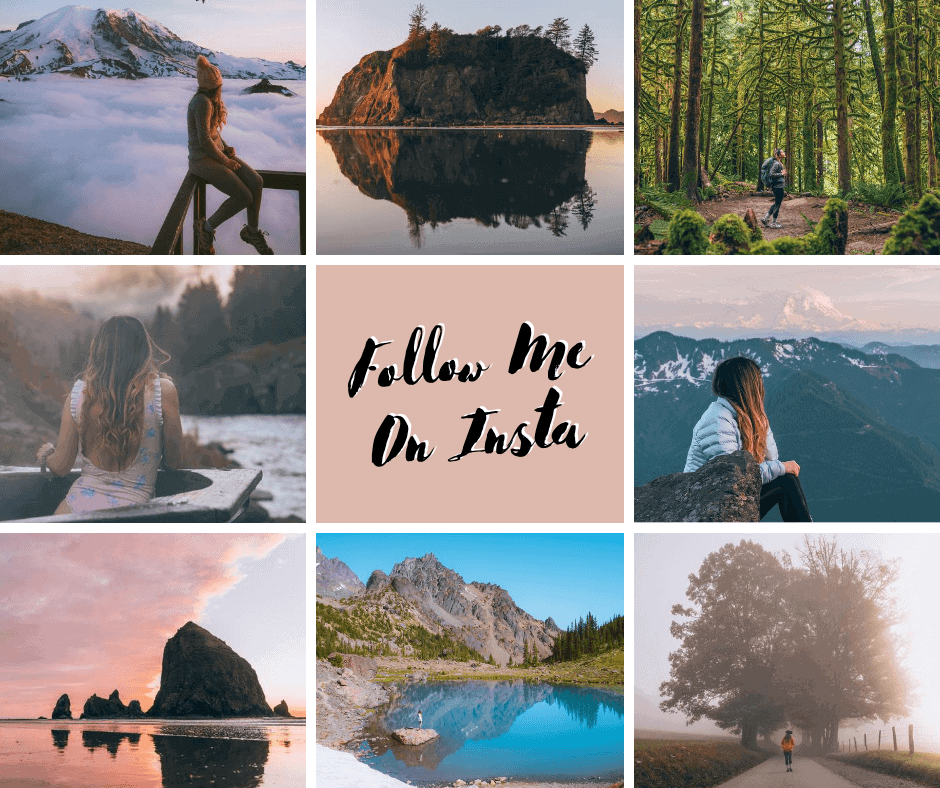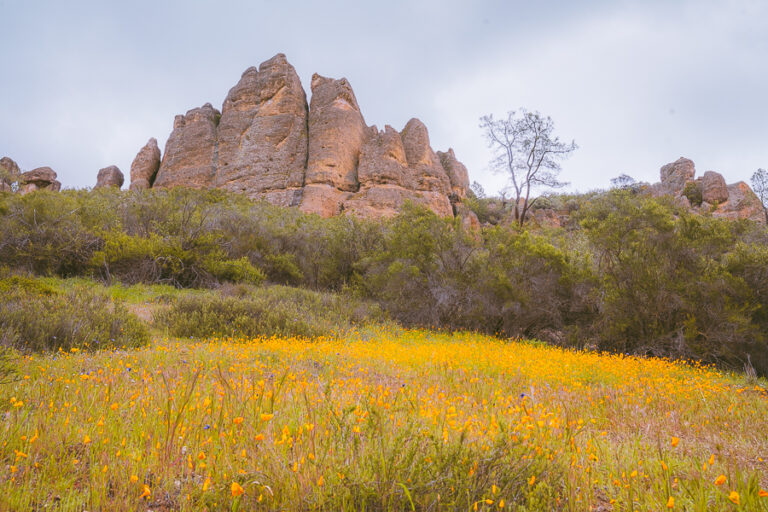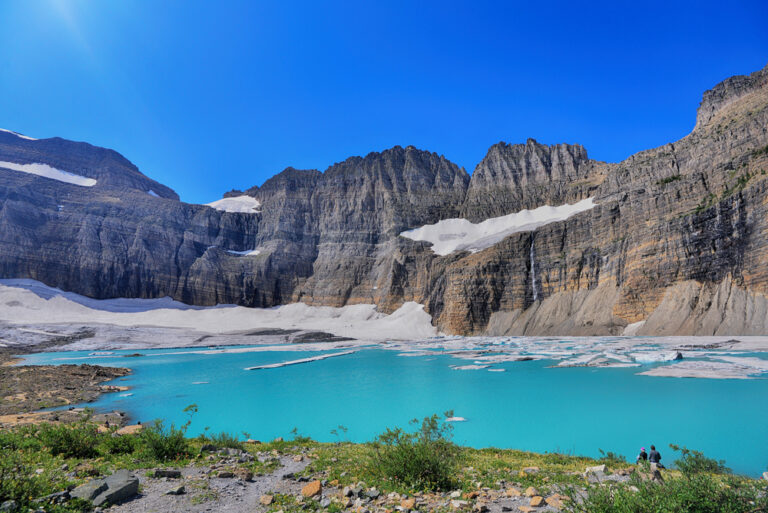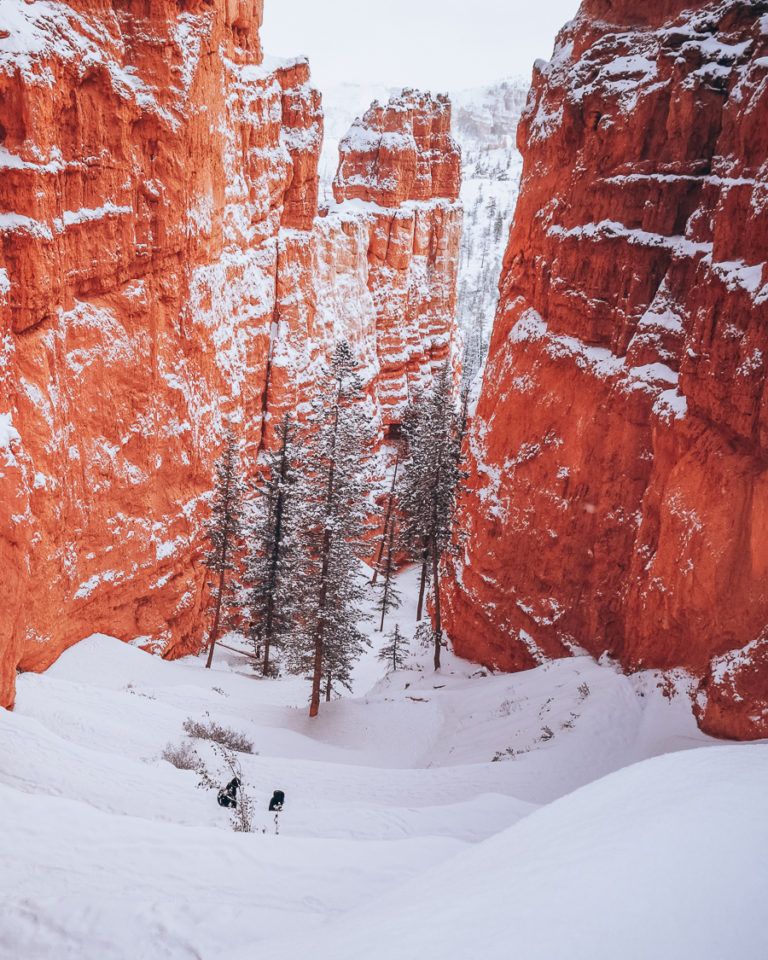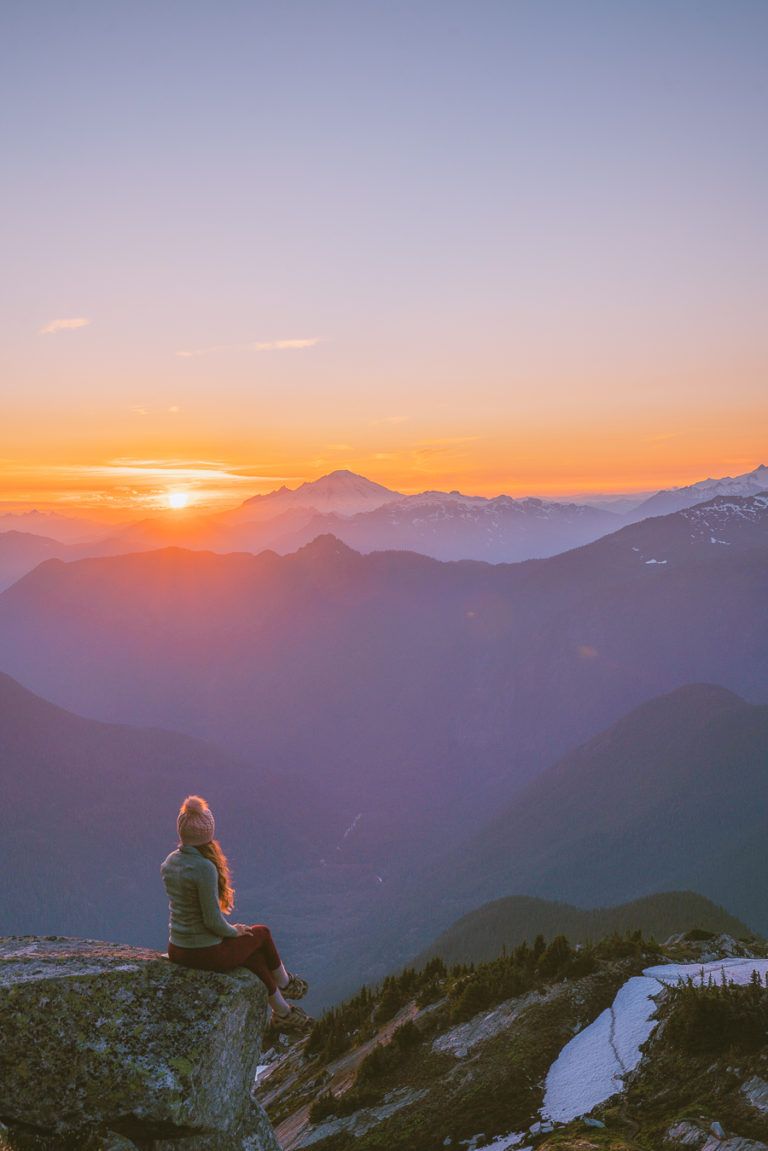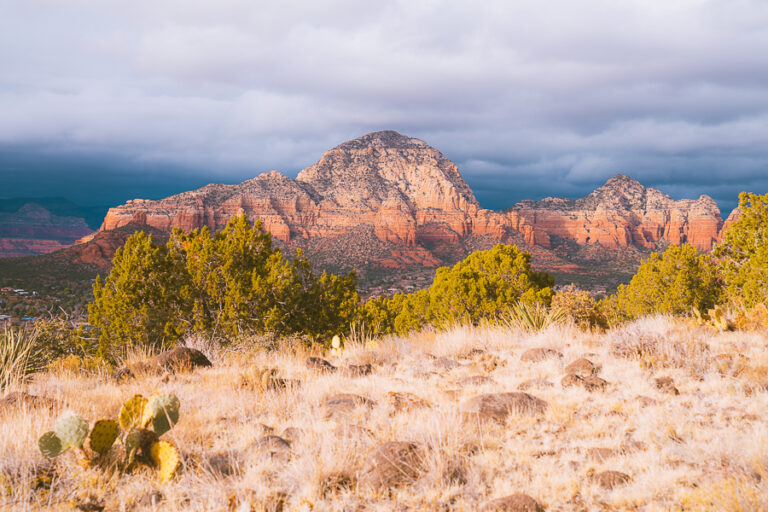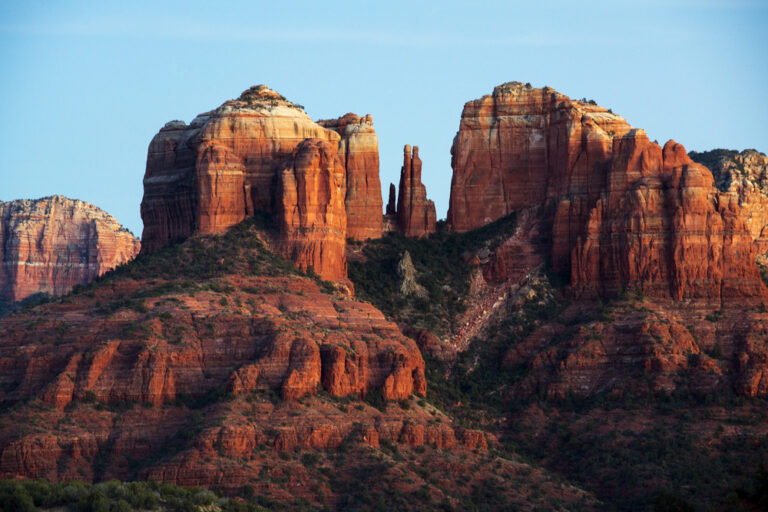Best Time To Visit Sequoia National Park | A Guide for 2024
Found south of the Sierra Nevada, settled amidst many of California’s other great parks, sits Sequoia National Park, home to the famous giant sequoia groves. These majestic trees are met with captivating views of Mount Whitney at its boundary and many other beautiful sights, including the Great Western Divide.
The park is also merely 50 miles from Kings Canyon National Park, making it a destination of note for avid travelers. Whether you’re looking to make up a Sequoia National Park itinerary to see these breathtaking natural wonders or you’re merely interested in seeing the sequoia groves, there’s plenty to keep in mind.
So, when is the best time to visit Sequoia National Park? That answer depends on you and when you want to see the land of giant sequoia trees.
Use this dedicated guide to help you decide when that may be. Below, you’ll explore all the need-to-know info about the seasons, things to do, and how to get to the park.
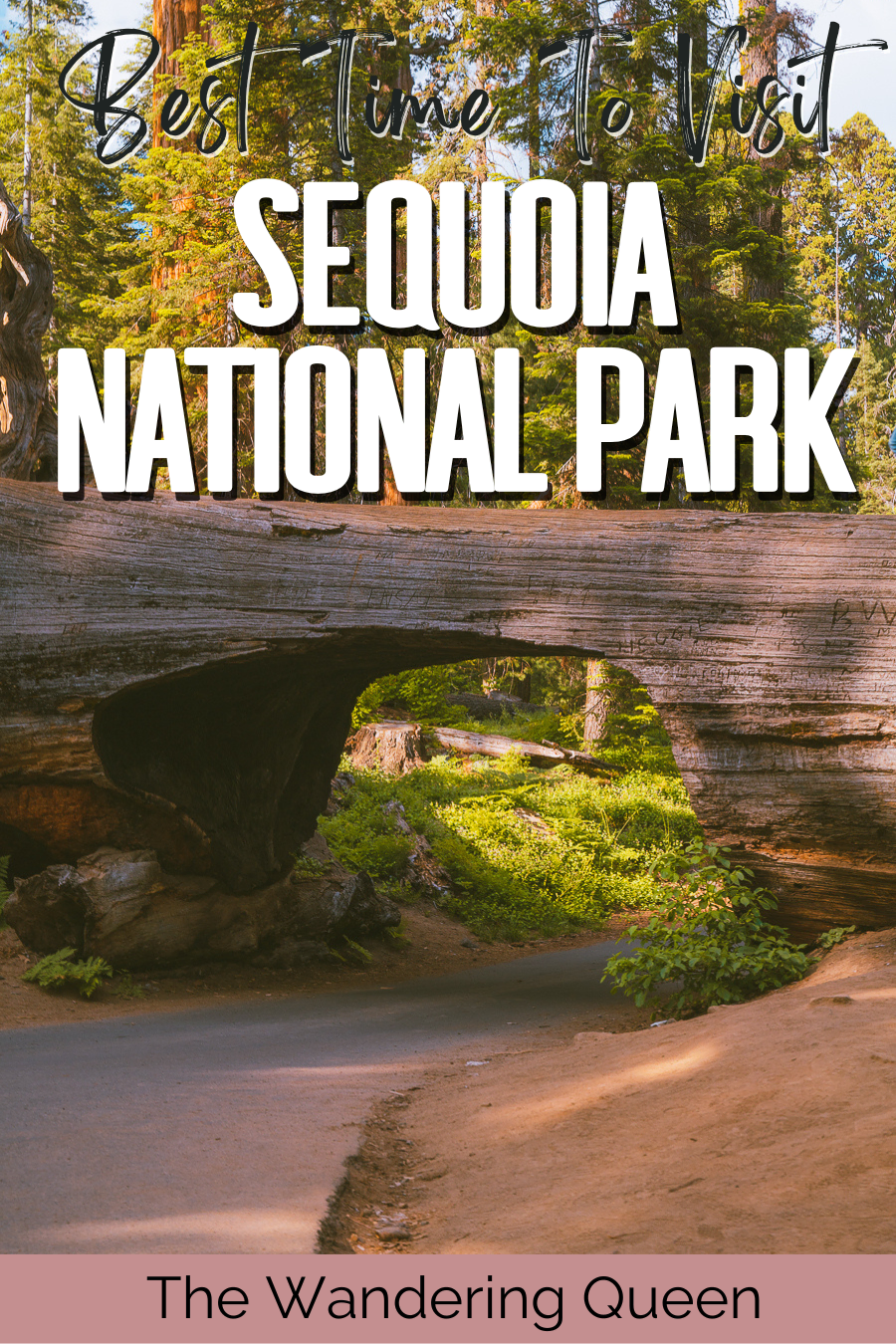
Disclosure: This post contains affiliate links. If you click one of them, I may receive a small commission (for which I am very grateful for) at no extra cost to you.
SEQUOIA National Park
Related Posts
How To Get to Sequoia National Park
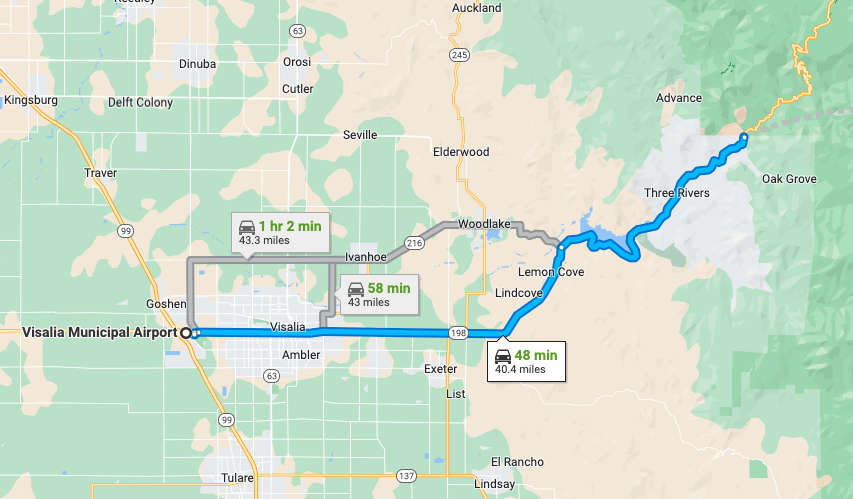
It’s relatively straightforward to get to the park by car or plane. It’s accessible from several major cities in California, making it a convenient destination for local and out-of-state visitors.
If driving there, head to one of the two entrances to the park — CA 198 East via Visalia and Three Rivers, which will take you to the Ash Mountain Entrance. Or, via Fresno, take CA 180 East to reach the Big Stump Entrance near Grant Grove.
For those driving from the San Francisco Bay Area, the distance to Sequoia National Park is about 260 miles. You’ll head south on Interstate 5 to Madera, then take Highway 99 south to Visalia and Highway 198 east to the park entrance. This drive usually takes about five hours.
If you’re flying in, the closest major airport is Fresno Yosemite International Airport (FAT), about 75 miles from the park’s entrance. Alternatively, you can fly in from LAX, 220 miles south of the park. Take the I-5 north to Bakersfield, then follow your GPS until you get onto the CA 198 east to get to the Ash Mountain Entrance.
Best Time To Go to Sequoia National Park
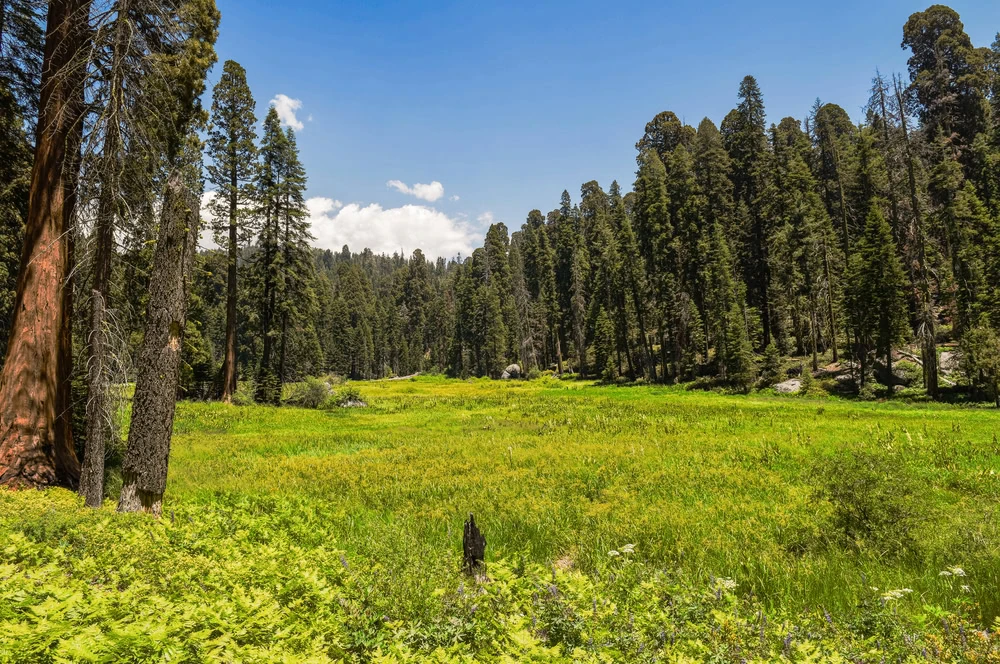
If you’re wondering when to go to the park, look at the times people tend to go for inspiration. For example, most people visit in summer, which spans from June to August, making it the most busy and popular time to visit. During these months, the weather is warm, and all park roads and facilities are open, allowing full access to the park’s attractions.
However, spring (April to May) and fall (September to October) are good times to go, thanks to their cooler temperatures and lower crowds. In spring, wildflowers bloom, and waterfalls are at their fullest, while fall brings colorful foliage and crisp air. These shoulder seasons provide a more relaxed atmosphere and ideal conditions for hiking and sightseeing.
With all of that in mind, spring to fall are the best months to visit Sequoia National Park by far.
Worst Time To Go to Sequoia National Park
Even though the park is open year-round, winter isn’t the best season to visit Sequoia National Park. The park is least busy in winter when many park roads and facilities are closed. Access to certain areas may also be limited due to snow and ice.
While winter offers a quiet and serene experience, it also comes with challenges like cold temperatures, unpredictable weather, and reduced daylight hours.
Download my free Outdoor Photography Guide
Visiting Sequoia National Park in Spring
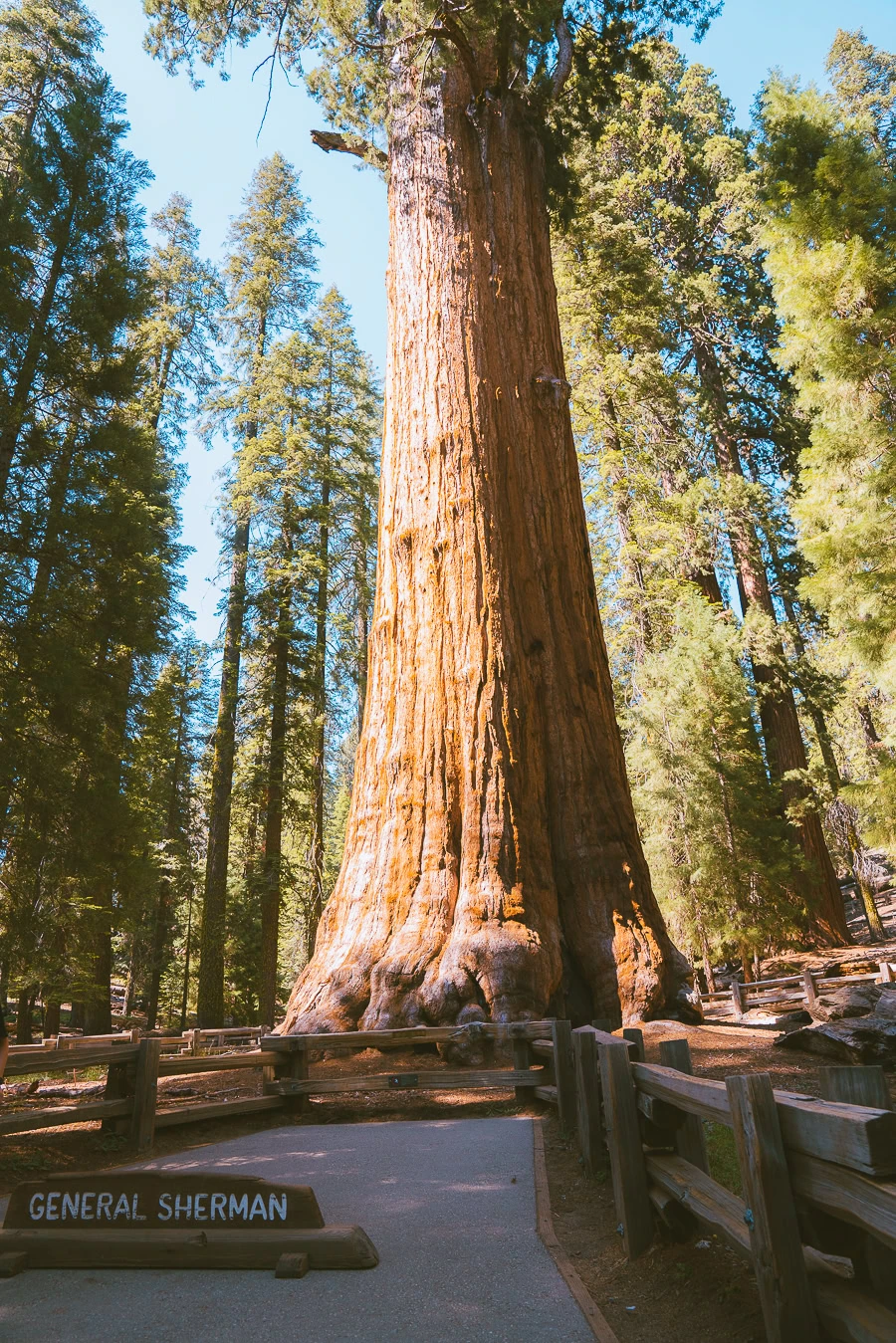
Spring at Sequoia National Park typically starts in April and continues through May. This season is characterized by mild weather. However, it can still be cool in early spring before temperatures heat up later in the season.
Expect averages from 40°F to 70°F (4°C to 21°C). The park begins to come to life after a long winter with blooming wildflowers, flowing waterfalls, and active wildlife. Early spring sees fewer crowds, offering a peaceful and refreshing experience.
Things To Do in Sequoia National Park in Spring
As the park enters spring, you’ll find many things to do in Sequoia. Here are a few spring-based activities to do when visiting the park.
Discover Mineral King
The Mineral King area is the park’s hidden gem, known for its stunning alpine scenery, historic charm, and diverse recreational opportunities. As the snow melts and spring sets in, Mineral King transforms into a vibrant and inviting destination.
See the lush meadows of flowers blanketing the hillsides with lupines and shooting stars. It’s also an ideal spot for hiking, with views of clear alpine lakes and rushing waterfalls.
Thanks to the low number of visitors to this serene oasis, there is also no shortage of opportunities for wildlife viewing.
Hike the Congress Trail
- Distance: 2.9-mile (loop)
- Elevation Gain: 482 feet
- Difficulty: Easy
- Trail Guide: Link
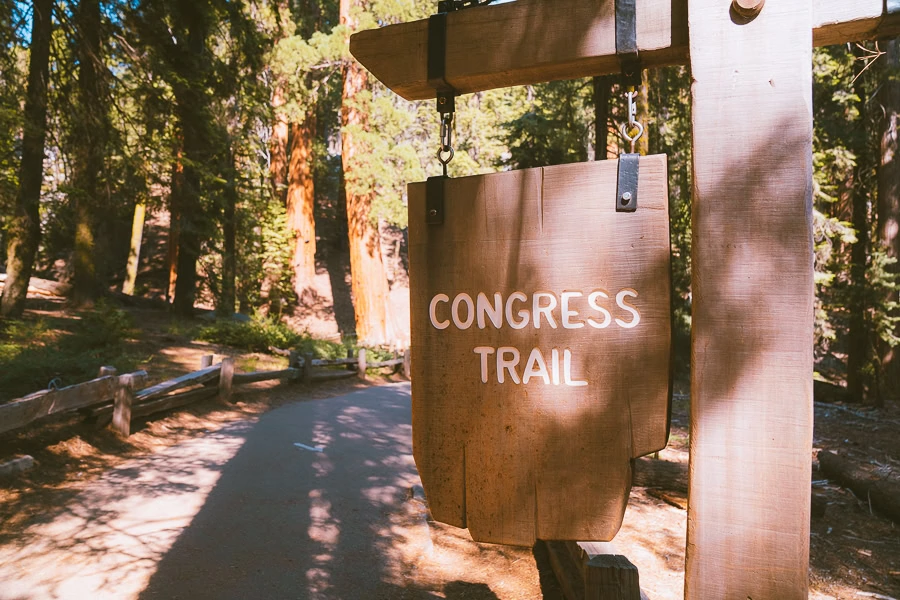
One of the most popular trails in Sequoia Park is the Congress Trail, a 2.9-mile loop that winds through the sequoia groves, which contain some of the largest trees in the world.
This relatively easy hike offers an intimate look at these ancient giants. Several named trees, including the President, the Senate, and the House trees, are along the way. The trail is well-maintained and provides a serene forest experience, perfect for taking in the majesty of the giant sequoias.
Visiting Sequoia National Park in the Summer

Summer is Sequoia National Park’s peak season and the best time of year to visit Sequoia National Park, running from June to August. The weather is warm and sunny; expect lows of 60°F (16°C) and highs of 90°F (32°C).
All park facilities and roads are open, and the park is bustling with activity, so expect early June to late summer to be busy, thanks to the warm weather. You should take advantage of the good weather and enjoy outdoor activities, including hiking, camping, and stargazing.
Things To Do in Sequoia National Park in the Summer
Take advantage of the warm weather and do anything and everything you can when visiting Sequoia National Park in the summer. From camping to hiking, here are some fun adventures.
Trek to Moro Rock
- Distance: 0.5 miles (out & back)
- Elevation Gain: 184 feet
- Difficulty: Moderate
- Trail Guide: Link
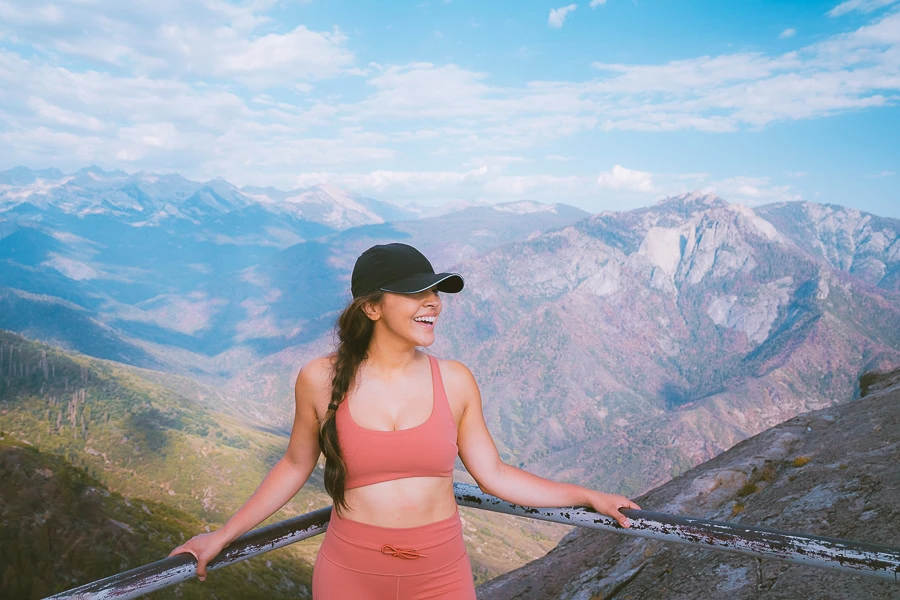
The best way to see Sequoia National Park is by climbing Moro Rock. This granite dome with panoramic views of the Sequoia National Forest and the surrounding Sierra Nevada mountains is breathtaking.
The hike to the top involves climbing a steep 0.5-mile trail with over 400 steps, but the effort is well worth it. From the summit, you can enjoy breathtaking vistas of the Great Western Divide, the Kaweah River, and the expansive wilderness.
Go Camping in the Park
Summer is the perfect time for camping in Sequoia National Park. The park offers several campgrounds, including Lodgepole, Dorst Creek, and Buckeye Flat. Camping allows you to dive into the park and enjoy activities like evening ranger programs and stargazing. If you’re staying at Lodgepole campground, be sure to enjoy a good meal out by the picnic tables.
Giant Forest
The Giant Forest, a gorgeous grove of giant sequoias, is home to some of the world’s largest trees and is a must-see in summer. The General Sherman Tree, the largest by volume, is the main attraction.
The nearby Giant Forest Museum provides information about the sequoias and the park’s natural history. Take a leisurely stroll along the Big Trees Trail, a 1.2-mile loop around Round Meadow, to appreciate the grandeur of these ancient giants.
Visiting Sequoia National Park in the Fall
Fall, from September to October, is a magical time to visit Sequoia National Park. The weather is cool and crisp, with highs of 70°F (21°C) in September and lows of 30°F (-1°C) into late October.
The park is transformed by vibrant fall foliage, and there are fewer visitors around. Fall is an excellent time for hiking, photography, and sightseeing.
Things to Do in Sequoia National Park in the Fall
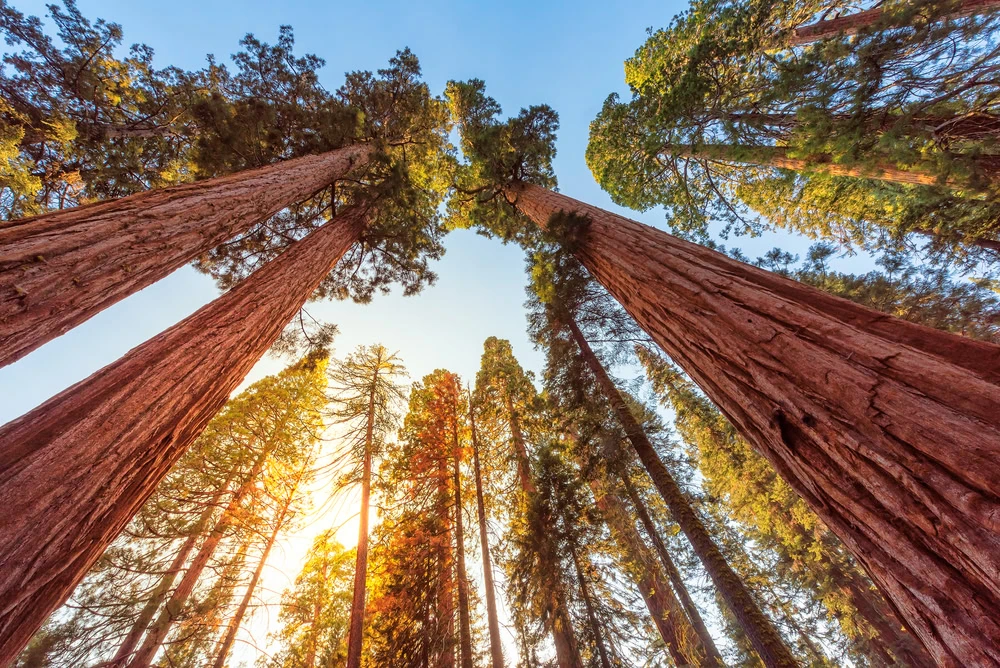
Fall in Sequoia is all about enjoying the stunning colors and cooler temperatures. Here are a few fall-specific activities to do.
Driving the Generals Highway
The Generals Highway is a scenic route that connects Sequoia and Kings Canyon National Parks. This 50-mile drive lets you see the best sights, including the Sequoia National Forest, with numerous overlooks, picnic areas, and trailheads along the way.
Highlights include the Tunnel Log, a fallen sequoia that you can drive through, and the Auto Log, a sequoia that visitors once drove onto for photos. The highway offers a leisurely way to explore the park’s diverse scenery on a round trip.
Meander Through Crescent Meadow
- Distance: 1.3-mile (loop)
- Elevation Gain: 131 feet
- Difficulty: Easy
- Trail Guide: Link
Crescent Meadow is a picturesque meadow surrounded by giant sequoias. A 1.3-mile loop trail circles the meadow, providing a peaceful walk through one of the park’s most scenic areas surrounded by the biggest trees.
The trail also offers access to Tharp’s Log, a hollowed-out sequoia log that served as a summer cabin for early settler Hale Tharp. The meadow is lovely in the early morning or late afternoon light.
Giant Forest Museum
Located near the Giant Forest, the Giant Forest Museum will tell you all about the park’s sequoias and natural history. The museum features exhibits on the biology and ecology of giant sequoias, the park’s history, and the conservation efforts to protect these ancient trees.
Interactive displays and ranger-led programming enhance the educational experience, making it an excellent stop for families and those interested in learning more about the park.
Visiting Sequoia National Park in Winter

Sequoia National Park’s winter months, from November to March, transform the park into a snowy wonderland. Expect cold weather from 20°F to 50°F (-6°C to 10°C), and the higher elevations are covered in snow.
While some areas may be inaccessible, winter offers unique opportunities for snow sports and enjoying the peaceful beauty of the park’s snowy landscapes.

Top Tip: Visit the NPS website for regular updates on any road closures to help you plan your visit.
Things to Do in Sequoia National Park in Winter
Even though the park is open year-round, certain activities are limited during the winter months. But here is what you can do.
General Sherman Tree
The General Sherman Tree is the largest tree on Earth by volume and one of the most awe-inspiring sights in Sequoia National Park. Located in the Giant Forest, this giant sequoia stands about 275 feet tall and is over 36 feet in diameter at the base.
A short, paved trail leads to the tree, providing an accessible way to witness this natural wonder. The General Sherman Tree is a must-see for anyone visiting the park, offering a humbling perspective on nature’s grandeur.
Go Cross Country Skiing
During the winter months, Sequoia National Park transforms into a snowy wonderland, offering excellent opportunities for cross-country skiing. The Giant Forest and Wolverton areas are popular spots for these activities, with trails that take you through snow-covered sequoias and pristine wilderness. Simply put, winter sports in Sequoia offer a unique way to enjoy the park’s beauty in a tranquil, snowy setting.
new on the shop
The Ultimate Camping Trip Planner!
Our camping trip planner helps you stay organized and plan all aspects of your adventure so that you can conquer new territories with ease.
FAQs About Sequoia National Park Best Time to Visit
You may have questions about when to go to Sequoia National Park and what you need to know while there. Take a look at these frequently asked questions and their answers.
Can You Get To Kings Canyon National Park From Sequoia Park?
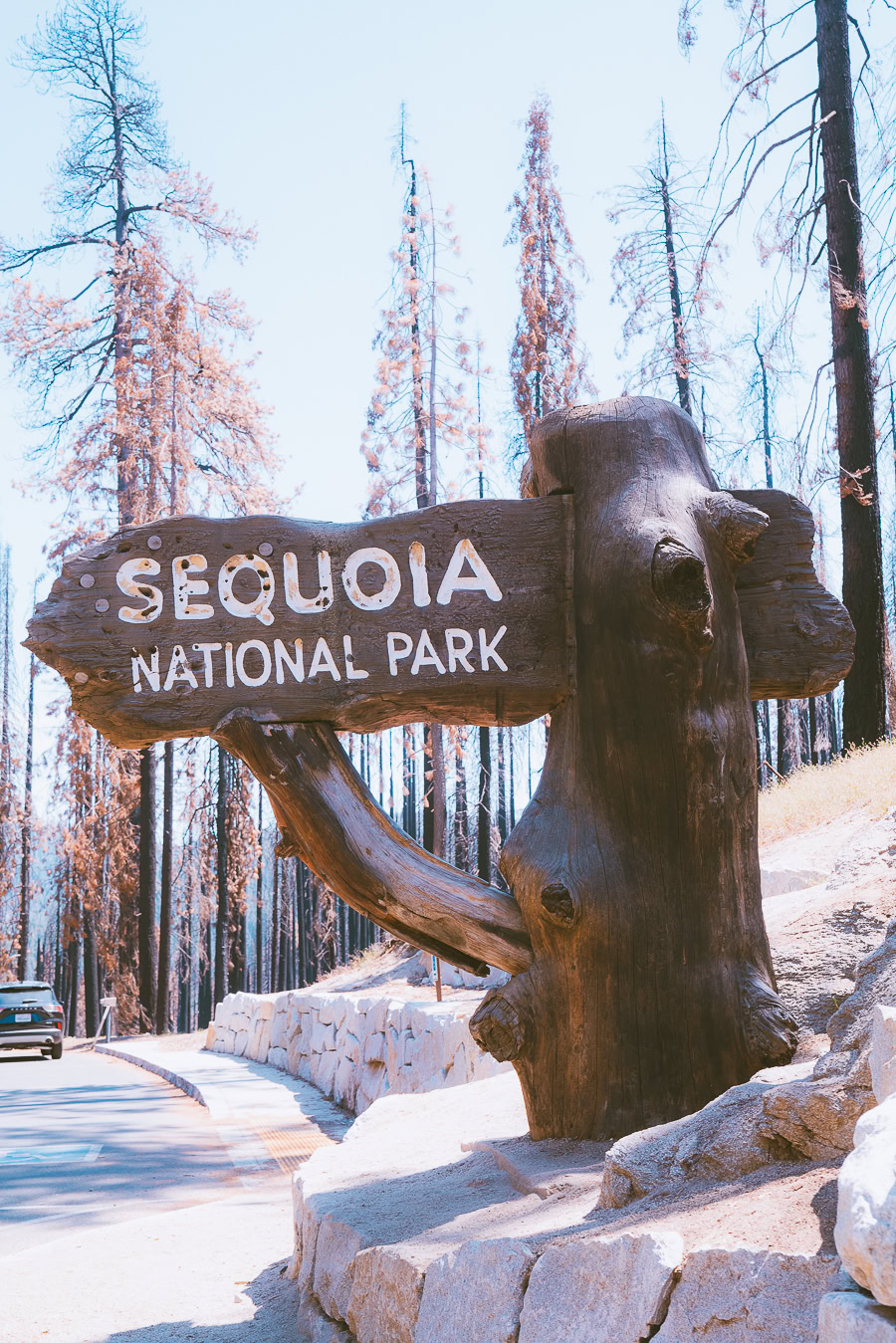
Yes. Sequoia and Kings Canyon National Parks are in close proximity to one another, making it easy to travel between them. The scenic Generals Highway connects both parks and they’re only 50 miles apart, offering a seamless journey through the majestic Sierra Nevada.
What Is Better, Sequoia or Redwood National Park?
Northern California’s Redwood National Park features the tallest trees on Earth, sequoia sempervirens. Sequoia National Park, home to the largest trees by volume, offers more diverse landscapes. Both parks provide unique experiences, making the choice dependent on personal preference and specific interests.
Does Sequoia National Park Have a Visitor Center?
Yes, Sequoia National Park has several visitor centers staffed by park rangers. These centers, operated by the National Park Service, offer information, exhibits, and resources to help you plan your visit and learn about the park’s natural and cultural history. Check out the Visitor Center’s website here.
Wrapping Up When To Visit Sequoia National Park
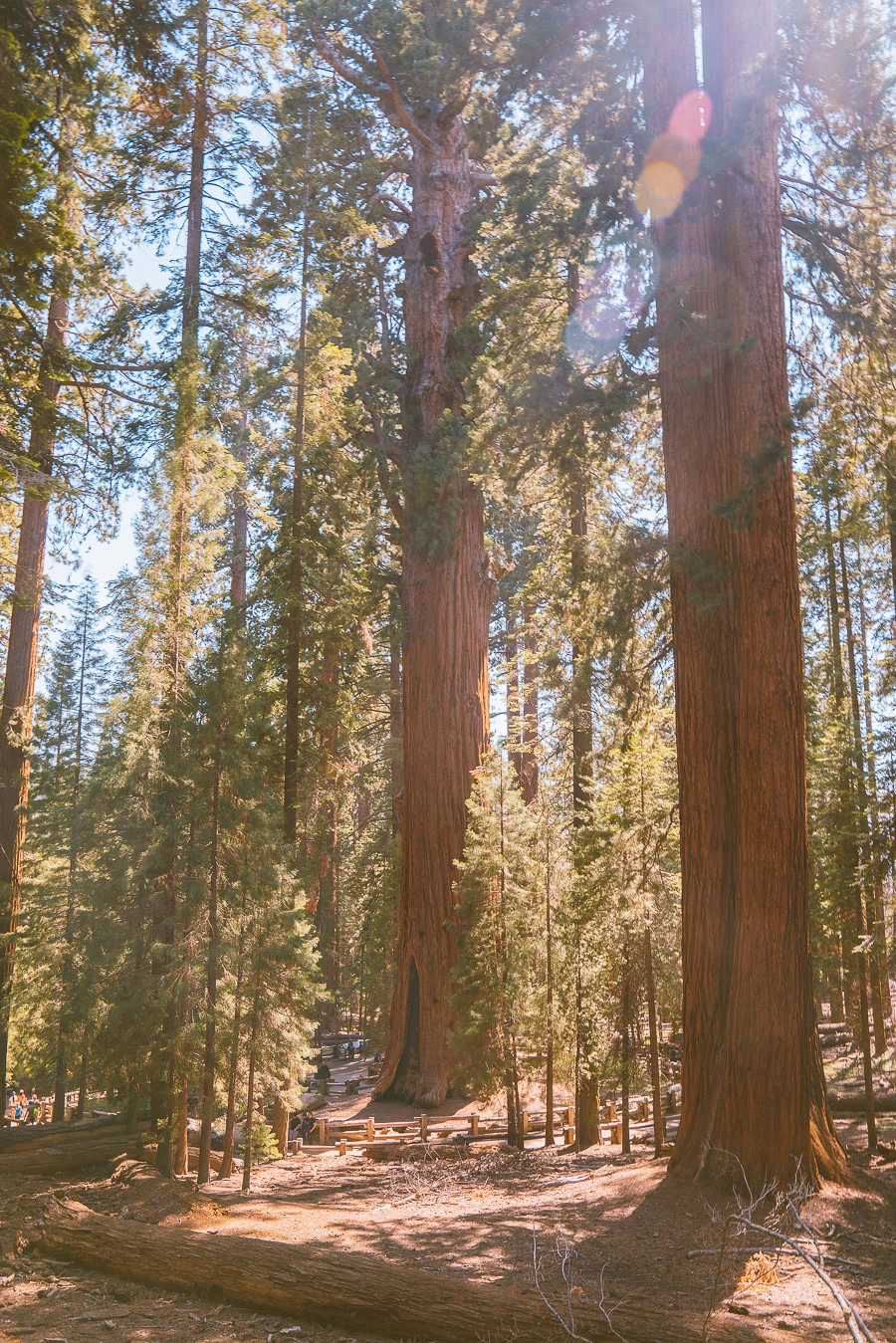
There you have it, the low-down on how to walk amongst the giant sequoias any time of year. Ultimately, deciding the best time to visit Sequoia National Park depends on how you prefer your weather, activities, and crowd levels.
Whether you meander through the sequoia groves, hike the trails, or camp under the stars, there’s something for everyone at this park.
Whenever you choose to visit, Sequoia National Park promises a memorable experience.
Read next: Find out more about the best hikes in Sequoia National Park here.

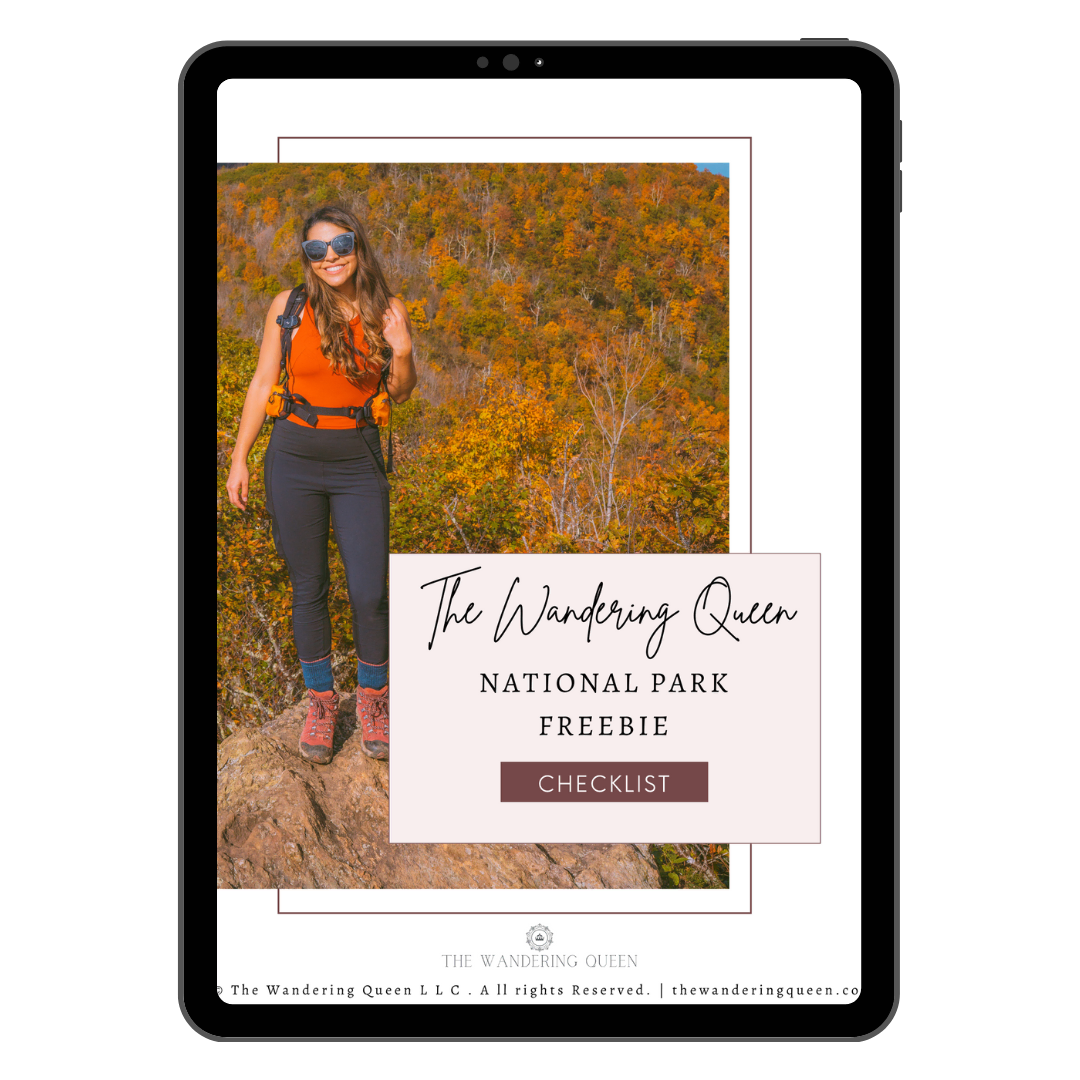
Get my free National Park Checklist
When you join the newsletter!
Pin For Later: Best Time To Visit Sequoia National Park
